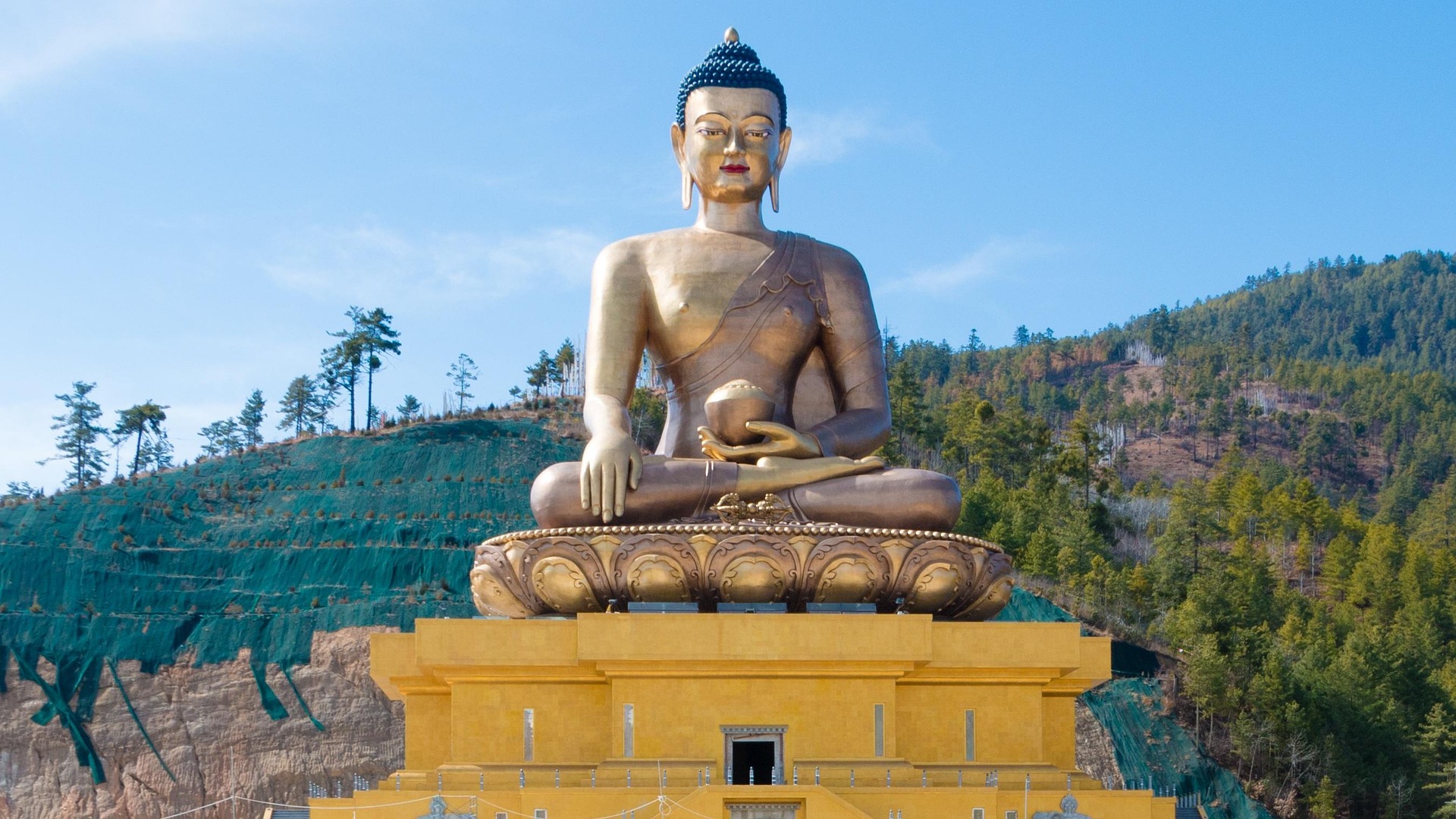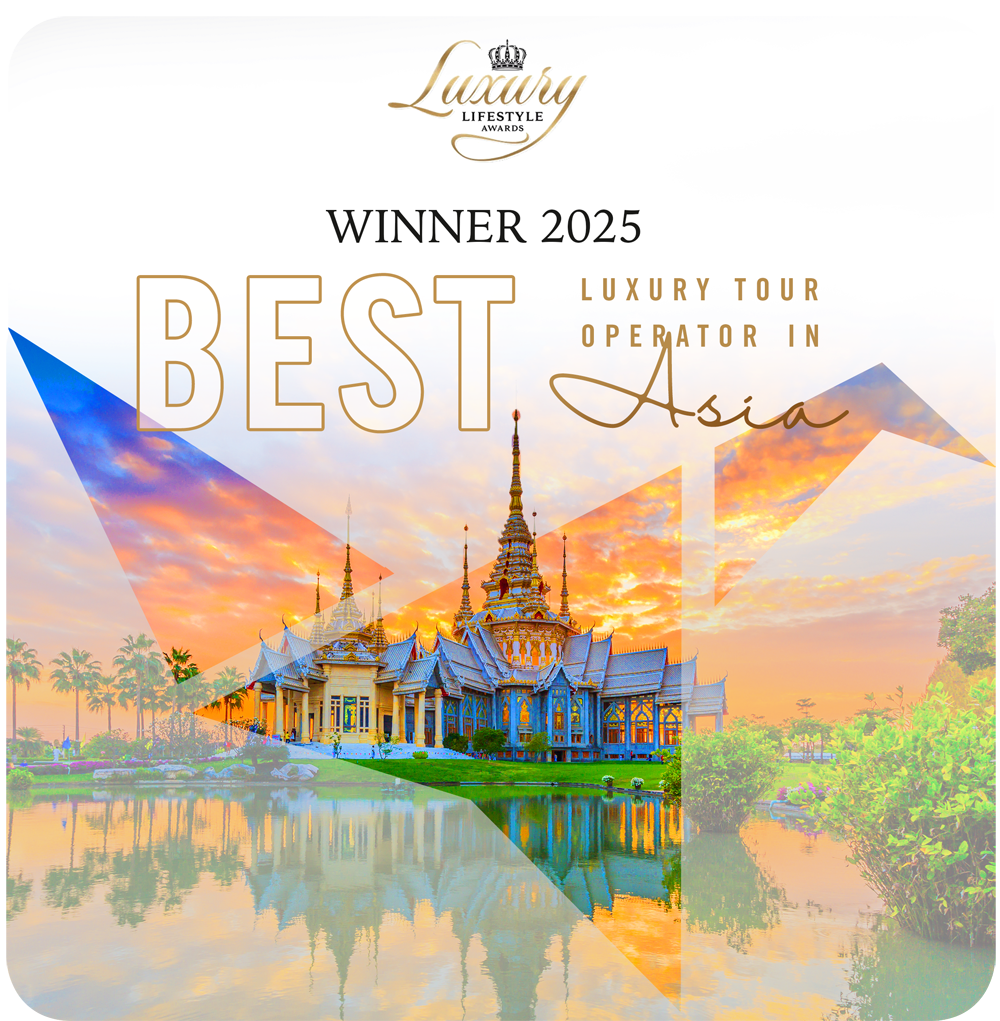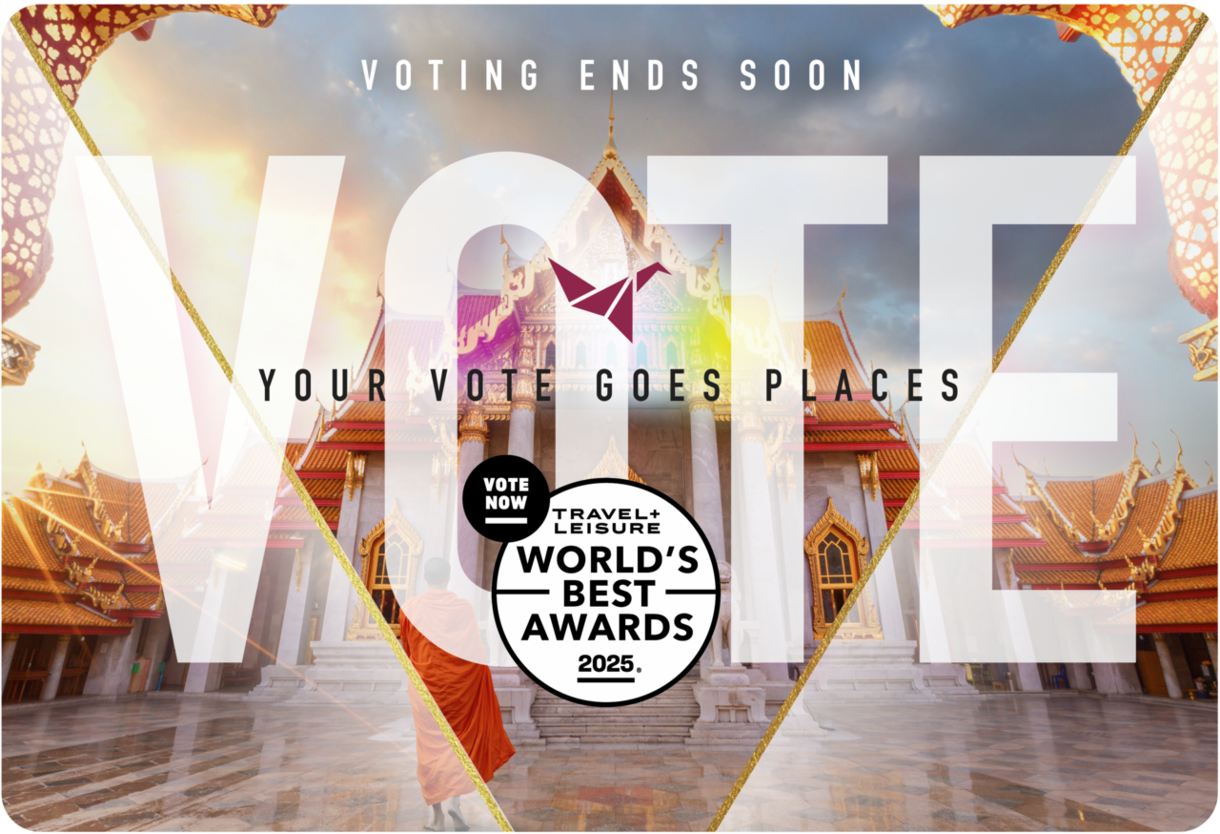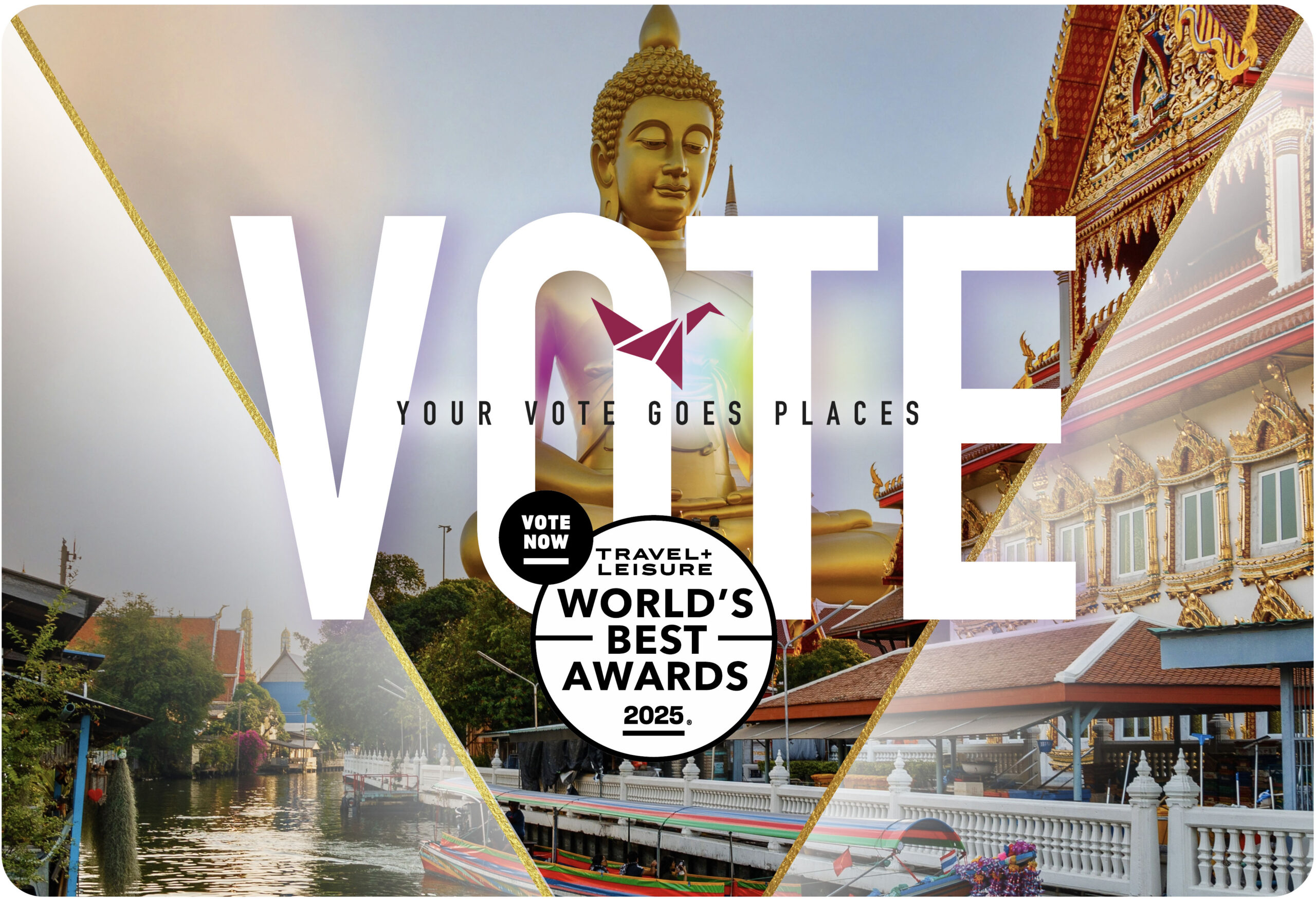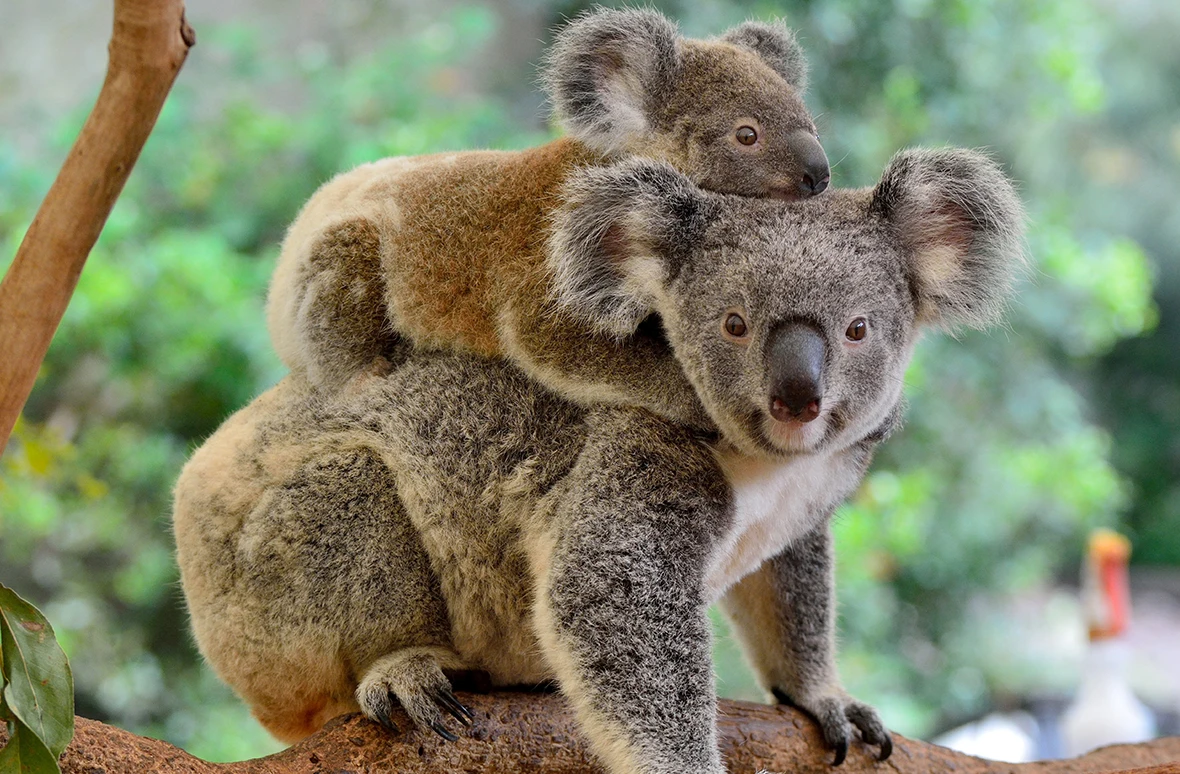

tales of travel
Stories, insights, recipes and more from all over Asia.
5 Asian Traditions that You Can Make Your Own
The Asian continent is home to the most diverse collection of ethnicities, cultures and traditions on the planet. Whether you’re perched high above the clouds in the kingdom of Bhutan, relaxing in a wooden skiff on Myanmar’s Inle Lake, fort hopping through Rajasthan, or diving into a bowl of piping-hot phonoodles in Hanoi, you’re bound to encounter traditions, rituals and beliefs that may be foreign to you, but are intricately woven into the canvas of the cultures you’re visiting.
Dig a bit deeper and you’ll begin to see how these rituals enrich and shape the minds, spirits and bodies of those who engage in their practice. While we always pack an extra bag for handicrafts and trinkets to tote back home, some of the most meaningful souvenirs aren’t the ones you can stow in your luggage.
Here are 5 of our favorite Asian rituals that have positively impacted the quality of our own lives.
Almsgiving in Myanmar
The popular Burmese saying, Ahlu yay sat lat nae ma kwar, translates to: “Your hands are always close to offering donations.” This sentiment isn’t loosely flung around in Myanmar. According to the Charities Aid Foundation’s annual World Giving Index, the Burmese residents rank as the most giving people in the world when it comes to donations of money, time and food to those in need.
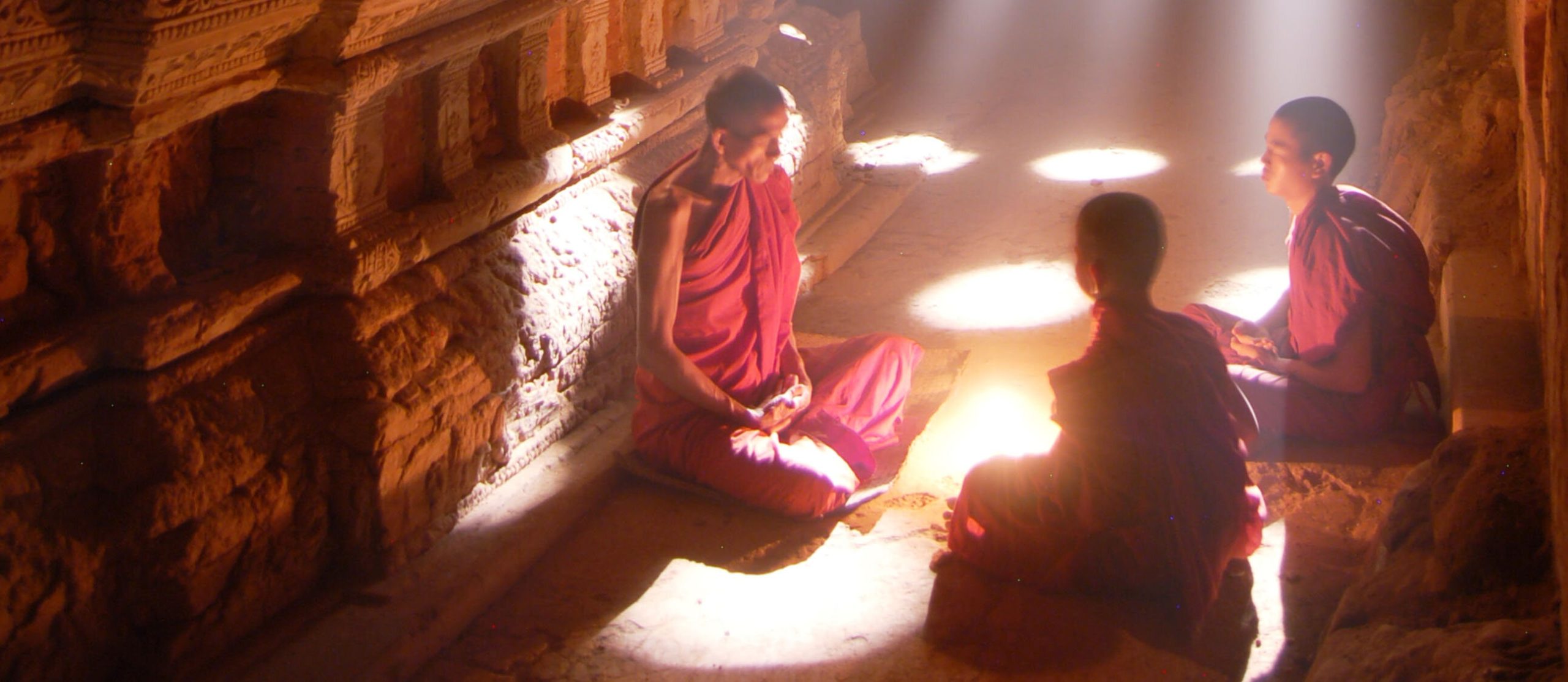
This generosity can be seen on a daily basis during almsgiving, or soon, as it’s known in Burmese. Every morning before the first rays of sunlight stream into villages, monks begin their alms rounds to receive food and supply donations from the local Buddhist population. The monks rely on these donations for their subsistence while donating Buddhists receive blessings and the intangible benefit of positive karma.
What Burmese generosity teaches us is that regardless of material wealth or income level, charitable giving, whether it’s in the form of food, time or money, can become an enriching part of any person’s life while also improving the quality of our communities.
Yoga in India
In our Lululemon yoga pants-clad society, it’s hard to believe that yoga originated somewhere else. But, stone carvings in the Indus Valley of India, dating back to 3,000 B.C., illustrating various asana (yoga postures) proves otherwise! Originally created in India as a spiritual practice aimed at establishing harmony between mind, body and spirit, yoga was traditionally an all-encompassing discipline that emphasized sacrificing of the ego, stillness of the mind and unity with breath.
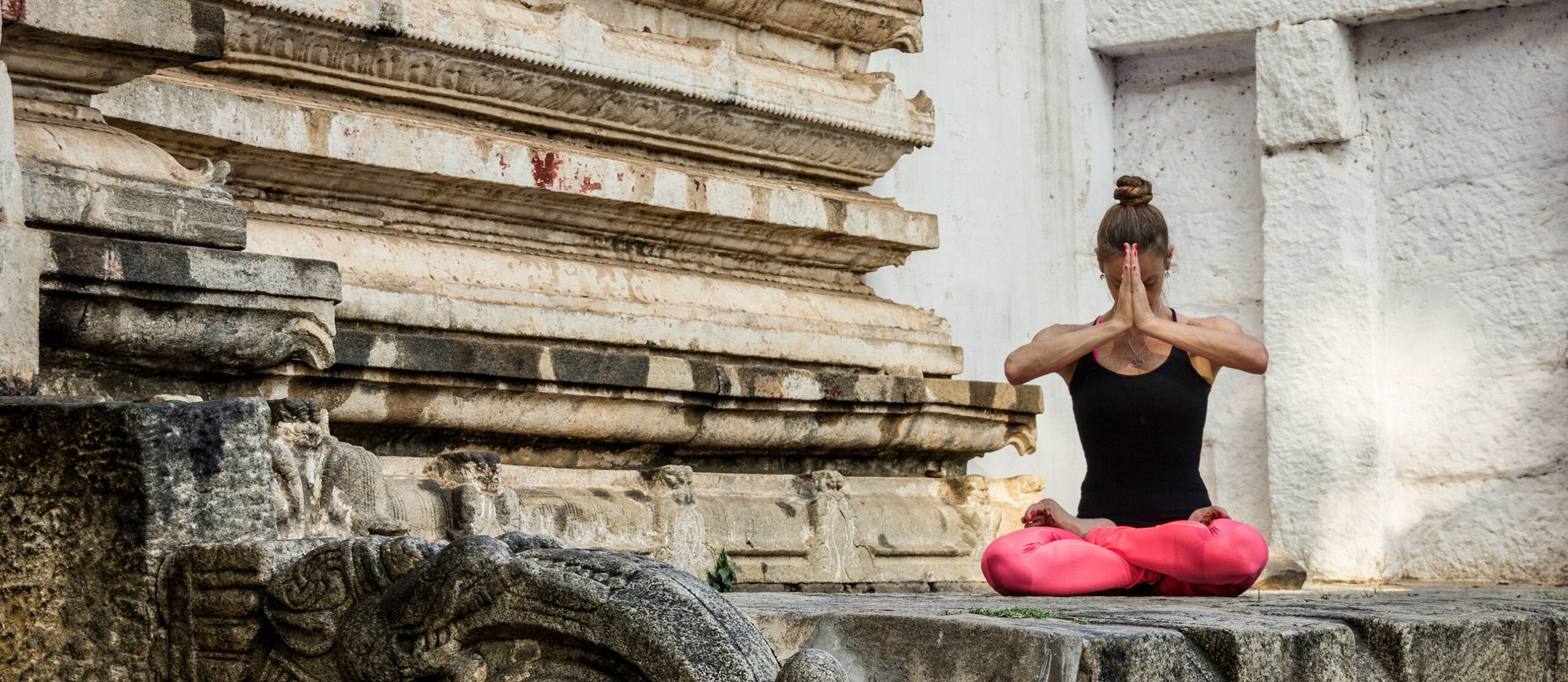
In its purest form, “traditional” yoga and meditation are still practiced in its original context in Indian Ashrams (monasteries) and taught by spiritual teachers. You won’t find branded yoga mats, designer yoga clothes or crazy spinoffs like “goat yoga.” Instead, you’ll discover a spiritual adherence to a practice that devotes itself to self-awareness, stillness, personal consciousness and connection to body.
Any degree of yoga practice can have a profound impact on flexibility, posture, muscle strength, metabolism, mindset and even your immune system. Yoga studios are welcoming to novices, but nothing could be easier than practicing yoga in your own home. Even better, you don’t need any specialized clothing or gear to include a beneficial practice in your life!
Gross National Happiness in Bhutan
Bhutan’s founding legal documents, dating back to the early 1700s, affirmed that if the kingdom’s “government cannot create happiness for its people, there is no purpose for the government.” In our modern global economy, most countries place emphasis of national success on measurements like Gross Domestic Product (GDP.) Instead, Bhutan tracks its progress by monitoring collective happiness through its Gross National Happiness (GNH) measurement.
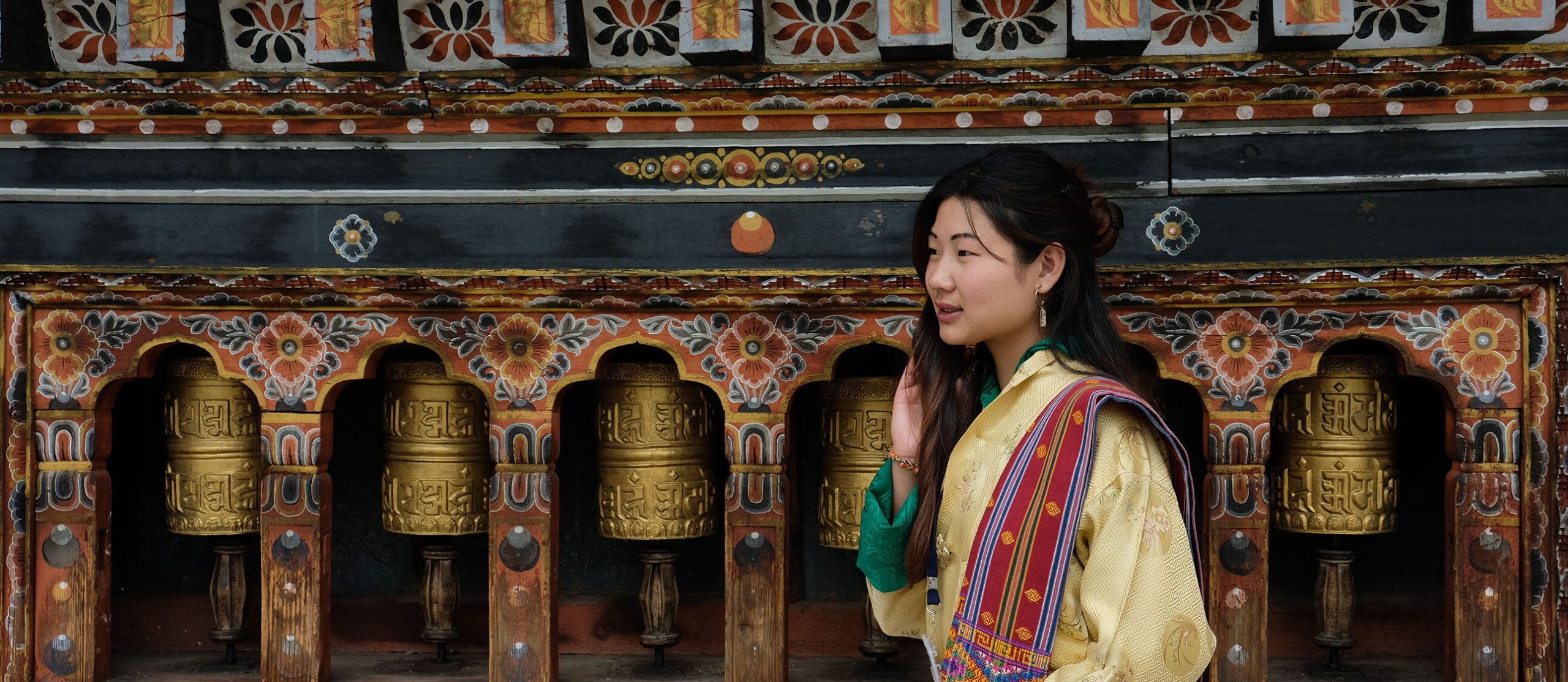
Originally coined by Bhutanese King Jigme Singye Wangchuck in the 1970s, GNH stresses that the definition of wealth should include other critical elements, like the importance of play, health, preservation of nature and enjoyment of the arts, in addition to economic development.
Borrowing a page from the Bhutanese, there is tremendous value in reassessing the different aspects of our daily lives and determining what ultimately contributes to our happiness. Many of us lead lives that move at warp speed. Engaging in our own personal GNH campaigns that shift some focus toward spending more time with family, traveling, hikes deep into the wilderness, belly-laughs with friends and engagement with our community, just might be the key to creating more avenues of happiness in our lives.
Traditional Chinese Medicine (TCM)
The Chinese concepts of Yin and Yang (hot and cold) define the balance in a person’s qi (life energy.) Get a little too much yin and not enough yang, or vice versa, and you’re off balance with the sniffles. Traditional Chinese Medicine (TCM) aims to create an equilibrium between these opposing forces so that our qi remains in harmonious balance. Where the focus of traditional medicine is to treat diseases, Traditional Chinese Medicine aims to prevent disease through consideration of a person’s entire well-being.
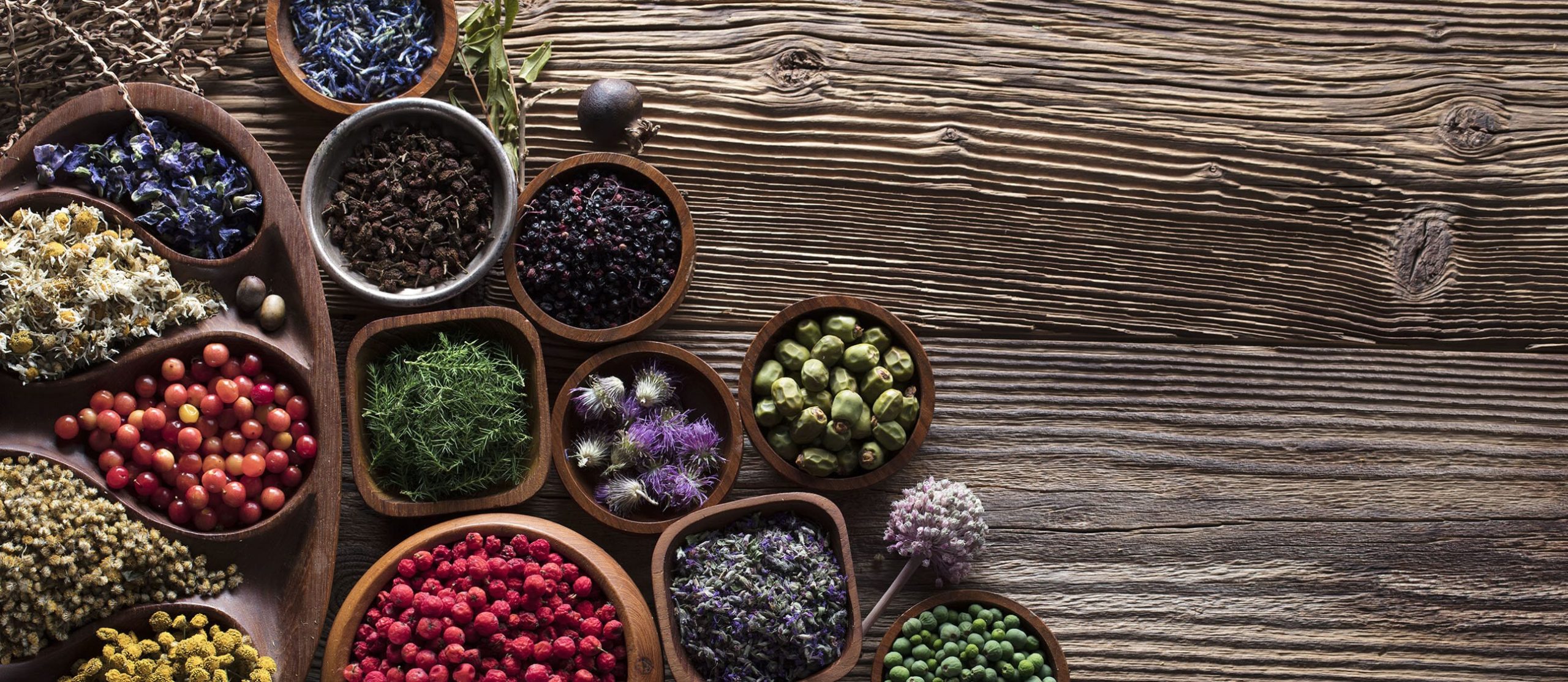
While this approach to medicine may sound primitive, increased research into TCM, along with renowned medical centers (Johns Hopkins Hospital, the Mayo Clinic and Duke University Medical Center to name a few) now offering TCM practices, elite medical practitioners are now recognizing the benefits of TCM in conjunction with modern medicine.
Adopting some of TCM’s ideology at home is easy and could give your health an extra added boost. At the core of TCM is the impact of diet and nutrition on our well-being (we are what we eat, after all!) Understanding the impact of foods like ginger, pepper, onions, chilies and garlic on health, and how they influence any pre-existing conditions, is an example of TCM principle. Additional principles, like Qigong (a flowing meditation that circulates your qi) and Feng Shui (arrangement of the physical environment surround you to promote positive energy) round out the other guidelines of TCM.
Japanese Tea Ceremonies
Sadō (Japanese tea ceremonies) is a tradition that is deeply infused in Japanese culture. A formal sadō revolves around the intricate preparation of green tea, ranging from a thick tea to a ceremony-ending thin tea. Participants enjoy the multi-hour ceremony in a tranquil and meditative atmosphere, typically a tearoom with a tatami (straw mat) floor that serenely cocoons guests from noise and distraction. Tea ceremony protocol is so well-defined, that even specific hand movements, placement of tea bowls, plates and utensils and the precise rotation of tea bowls is a choreographed part of the event. This social ceremony embodies Zen philosophy and presents appreciation of four key elements: respect, purity, loneliness and harmony.
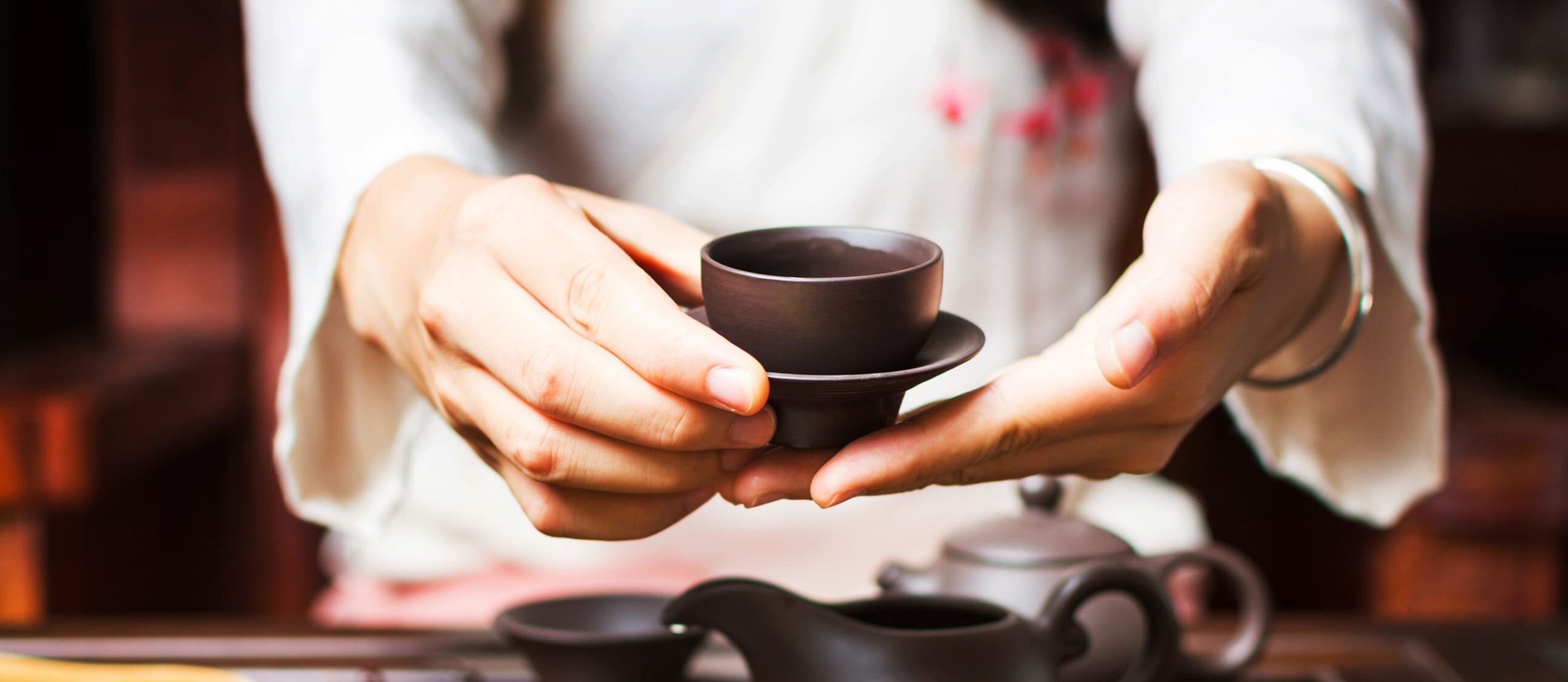
While conducting your own sadō at home might be a pretty hardcore (and time-consuming) undertaking, carving out a little time for tea is a great way to reset your mind. The health benefits of tea are obvious, but it’s ultimately the quiet, meditative moments that have helped us recharge in the middle of a busy day.
—-
ATJ’s travel experts specialize in planning customized journeys to destinations throughout Asia. We invite you to immerse yourself in local culture, amazing sights, food and friendly locals. Let ATJ plan your next adventure.
sign up for our
Newsletter
Stay current with all the latest being offered from ATJ, as
well as updates on Asia Destinations.










